
Following my post questioning the Cairngorms National Park Authority assertion that grouse moors bring much needed employment to the National Park see here, on Sunday I went for a walk round the western half of the Dinnet estate via the summit of Morven. My main intention was to look at the unlawful hill tracks that have been created there in recent years (subject of a future post), but the number of abandoned houses was striking. Hardly a sign of grouse moor management bringing prosperity to the area.
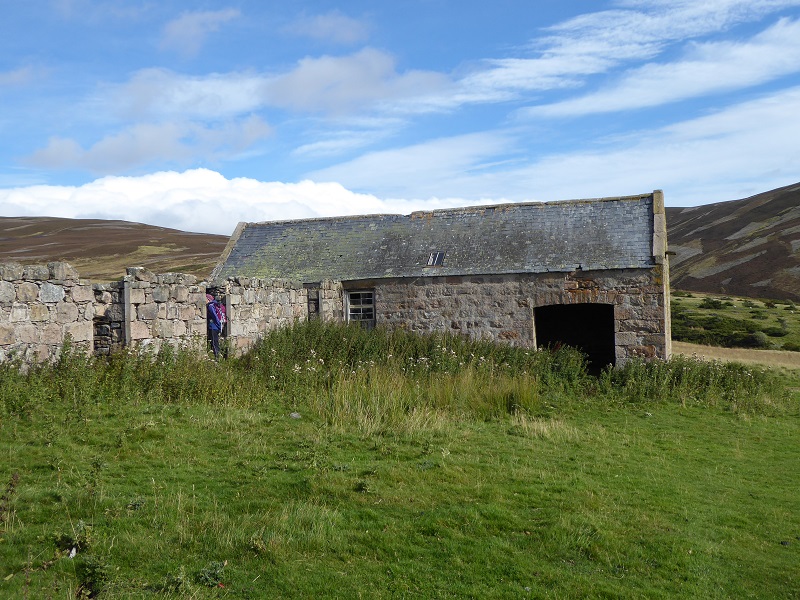
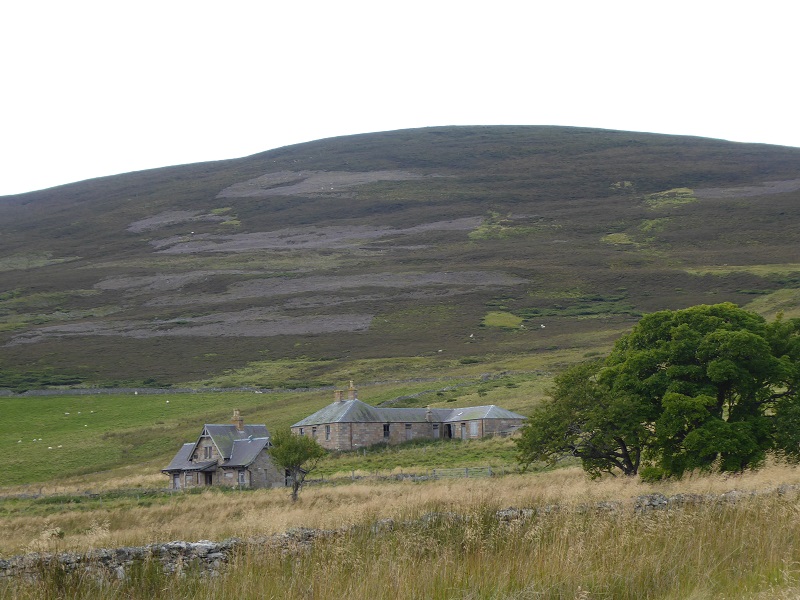
The CNPA partnership plan says nothing directly about the number of jobs or houses that have been lost as a result of the intensification of grouse moor managment. In my view it should. This is a fundamental issue about land reform. These estates have been clearing not just wildlife (see here for yesterday’s announcement of yet another unlawful hen harrier killing in the National Park) but also people from the countryside
This should have implications to the CNPA proposals on housing, one of the Big 9 issues in the Partnership Plan, and where the CNPA is still supporting a couple of large new housing developments of owner occupied housing (see here for housing evidence). The Housing Evidence document (at 43 pages) and Flood Management documents (36 pages) are about twice the length as any other evidence document (eg Active Cairngorms gets 11 pages and landscape scale conservation 18). Despite the length, this is the nearest the Housing Evidence document gets to discussing the impact of landed estates on the housing supply in the countryside:
Around 14% of households rent from the private sector, which is a fall of around 6% since 2001 (down from 20%). One unusual facet of the National Park’s rented sector is the relatively high proportion of households renting from an employer of a household member. In 2011 these households represented 5% of the private rented market. It is likely that these households largely represent estate workers and seasonal workers in the tourism sector, where accommodation is often included with the job.
There was however a drop in this tenure class from 35% in 2001; the reasons for which are uncertain. In part it may represent a change in the categorisation of tenure definitions, for while the 2001 census records no households as living rent free, the 2011 indicates a level of 4%. Other causes may include changes in the working practices of estates and the sale of estate stock.
The CNPA fails to mention that one possible contribution to the decline in private sector rented housing is that estates are continuing to remove people (and jobs) from the land. The CNPA Plan has promoted no discussion about this or options for the future. While much estate accommodation is remote – that around Morven Lodge is accessed by unsurfaced hill tracks – judging by the numbers of people who respond to adverts to live on remote islands, if you offered these houses to people to live in, there would be lots of demand. Alternatively, if renovated and offered as holiday accommodation they would be in high demand which would help support local jobs. There is no electricity at Morven at present – there are gas lights in the Lodge – but with micro hydro everywhere else, why not here?
I don’t think however that any vision such as this – and I am sure there are other alternatives – is ever going to happen though while landowners maintain their feudal grip. The owners of the grouse moors don’t want independent people living or staying in remote areas who might notice and report what is actually going on in terms of wildlife persecution and grouse moor management. A good reason for the CNPA to promote community buy outs and control of these buildings. There is a fantastic resource out there of attractive Victorian buildings that the CNPA is letting landowners abandon. Is this called protecting the cultural heritage?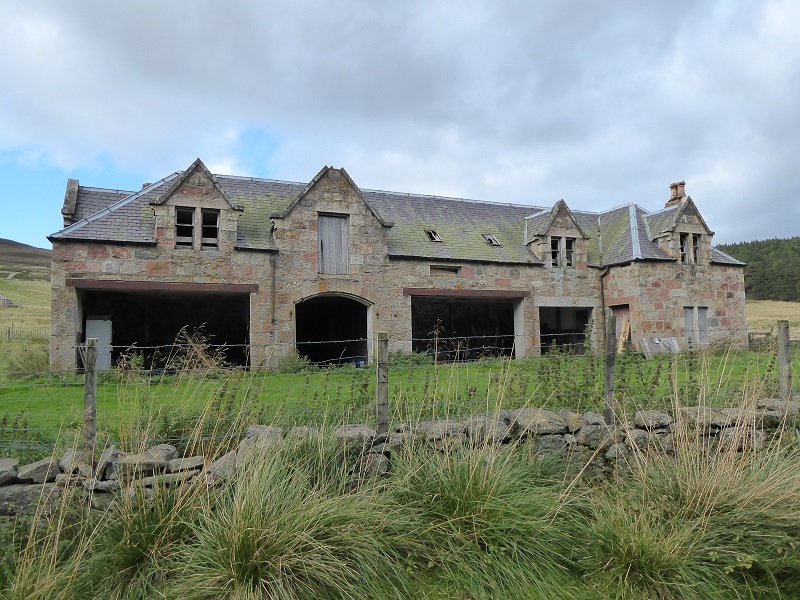
The nature of the abandoned estate buildings suggest this was a place that once supported several jobs.
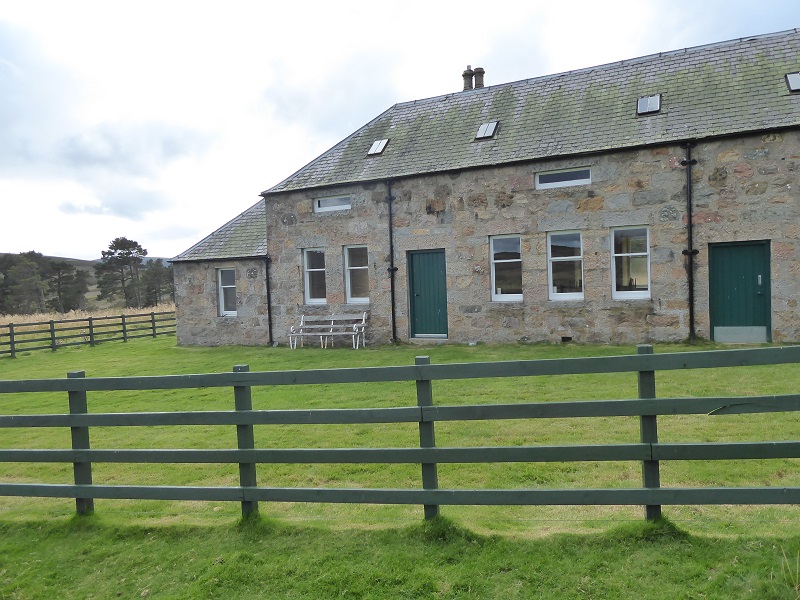
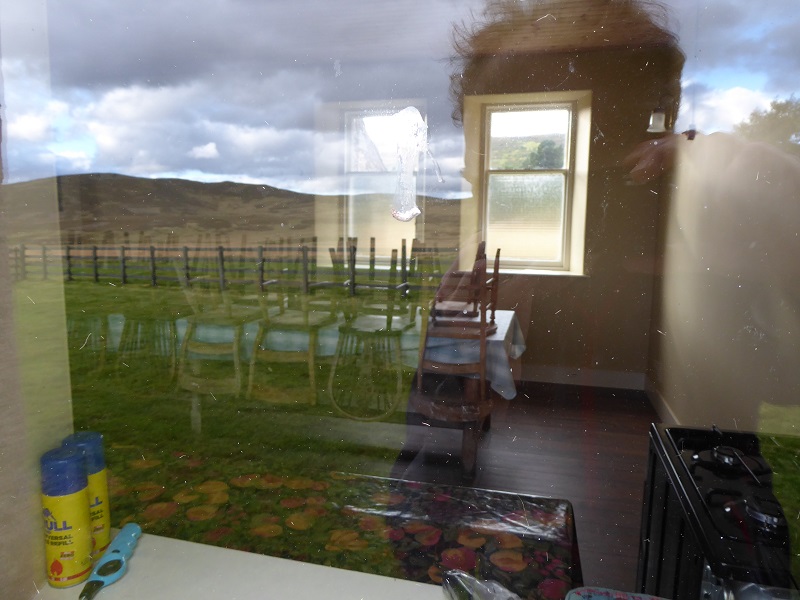
Our failure as a society to make use of existing housing is not just a problem with Landed Estates of course and there are other aspects to this such as second homes which are are covered in the Partnership Plan. However, from a quick tour of Deeside I spotted over 10 empty dwellings – some of which are probably not even on the CNPA’s database of empty dwellings. When the CNPA is estimating 4.5 new properties a year are needed on Deeside (from Aberdeenshire’s figures of 90 properties in 20 years) to meet demand why is it not taking a serious look at how abandoned estate buildings could be brought back in the housing stock?

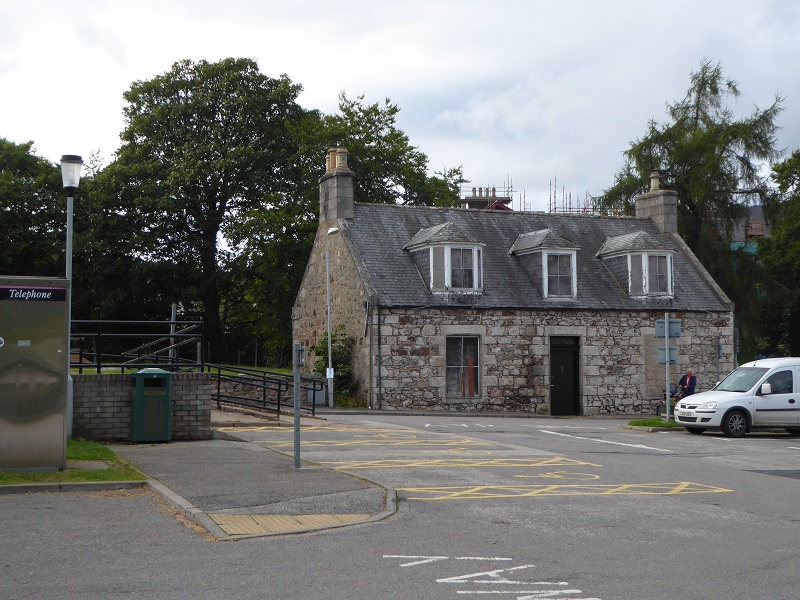
Below is the extract from the main Partnership Plan of the CNPA’s preferred direction (notice there are no actual targets) on housing. The CNPA should firm up the vague commitment to help local communities buy land to secure local housing “solutions” with a firm plan to help them buy up and renovate abandoned estate housing before it deteriorates still further.
.
TARGETS / PREFERRED DIRECTION
• Making sure that when new housing is built, more of it is accessible to people who live and work in the National Park through influencing scale and tenure of housing;
• Delivering more affordable housing as a proportion of all new development;
• Increasing the level of investment in affordable housing and infrastructure on key sites;
• Ensuring the delivery of key strategic sites; [ie the large sites at An Camus Mor and Kingussie]
• Maintaining high design standards appropriate for a National Park; [what better than renovating traditional buildings?]
• Helping communities make the most of any right to buy land in order to secure local housing solutions; and
• Reducing the proportion of second and holiday homes in the National Park.

My thanks to a reader for this information about the boarded up house in Braemar.
This is apparently owned by the Mar lodge estate and is in the process of being turned into a village pub (really a necessity since the Fife Arms has closed for a two year refurbishment). The planning permission has been applied for and a community meeting organised. The building is being refurbished just now.